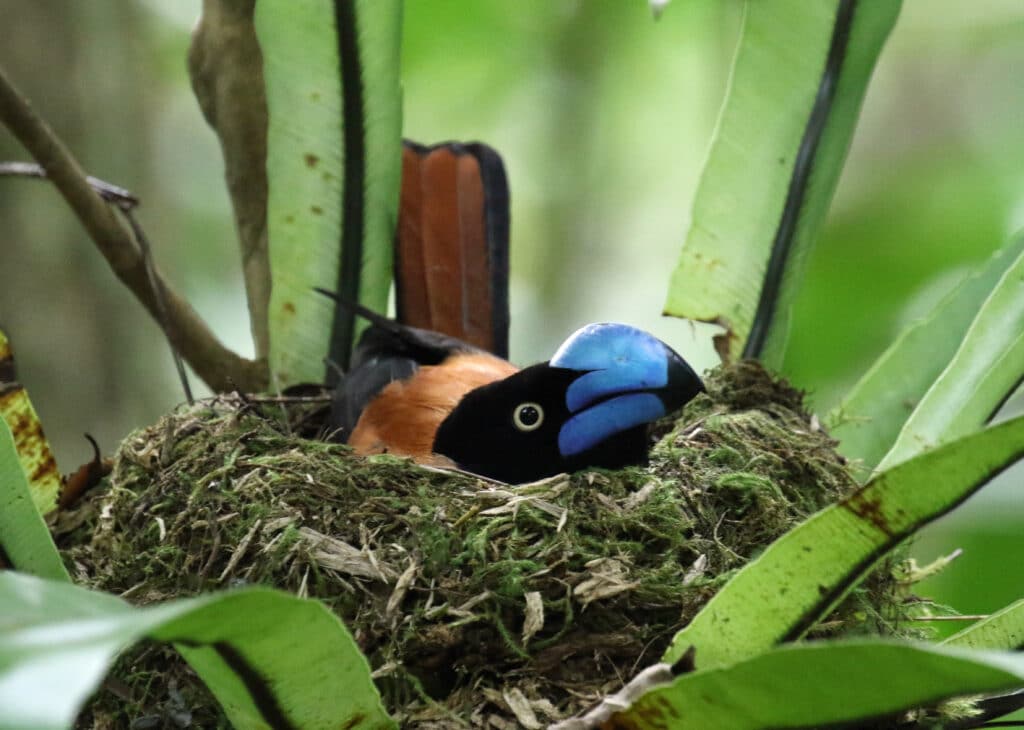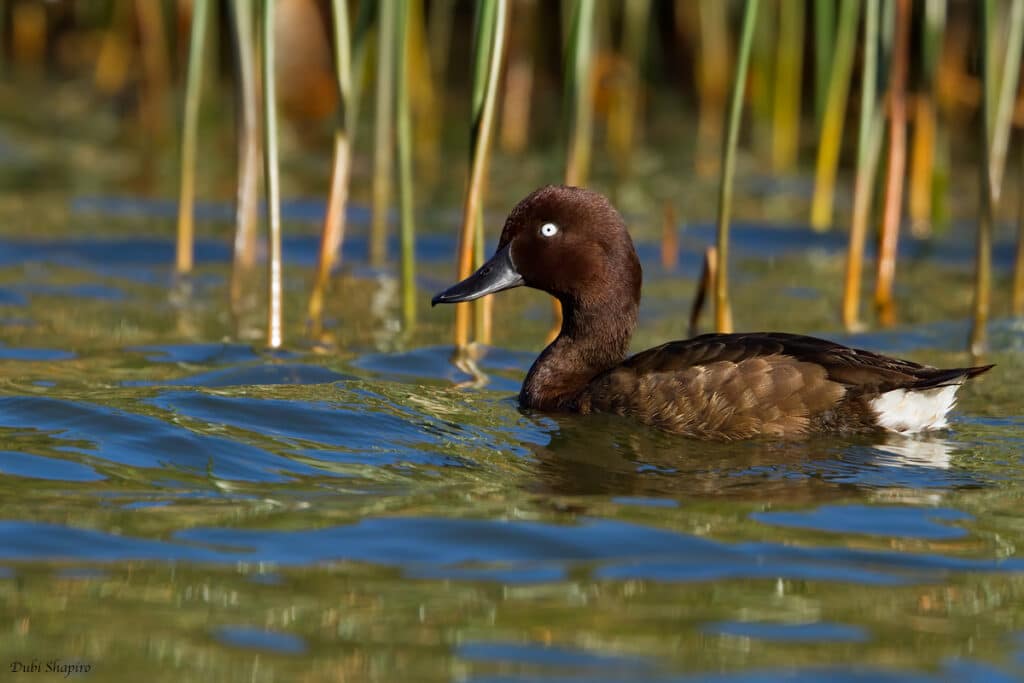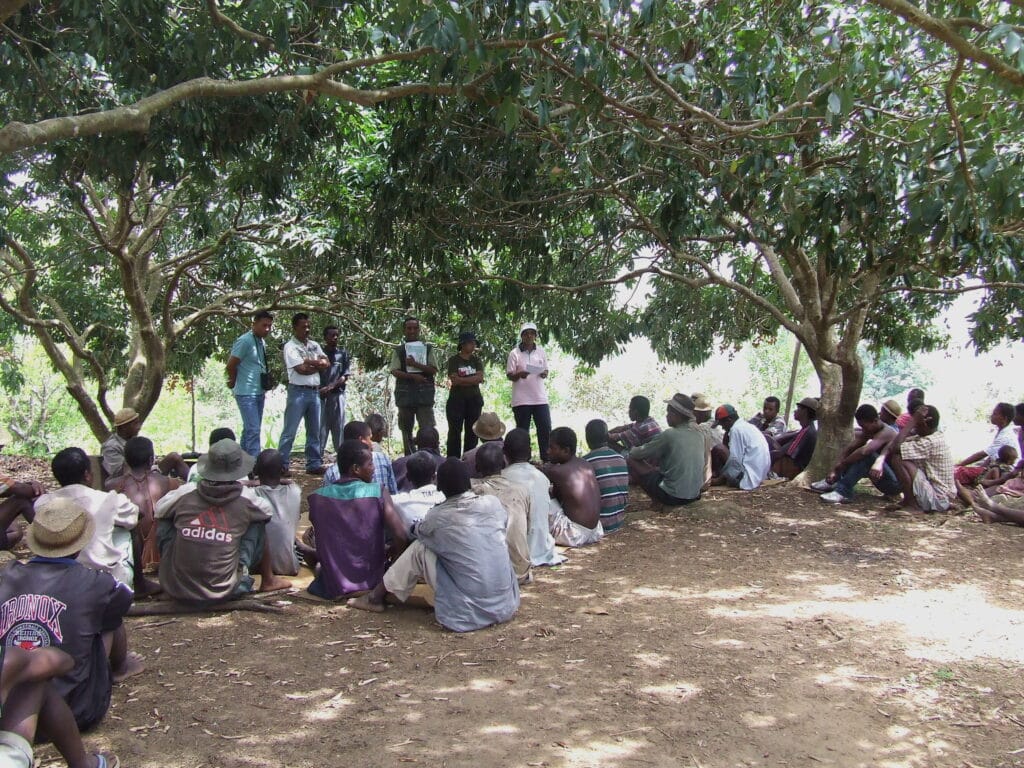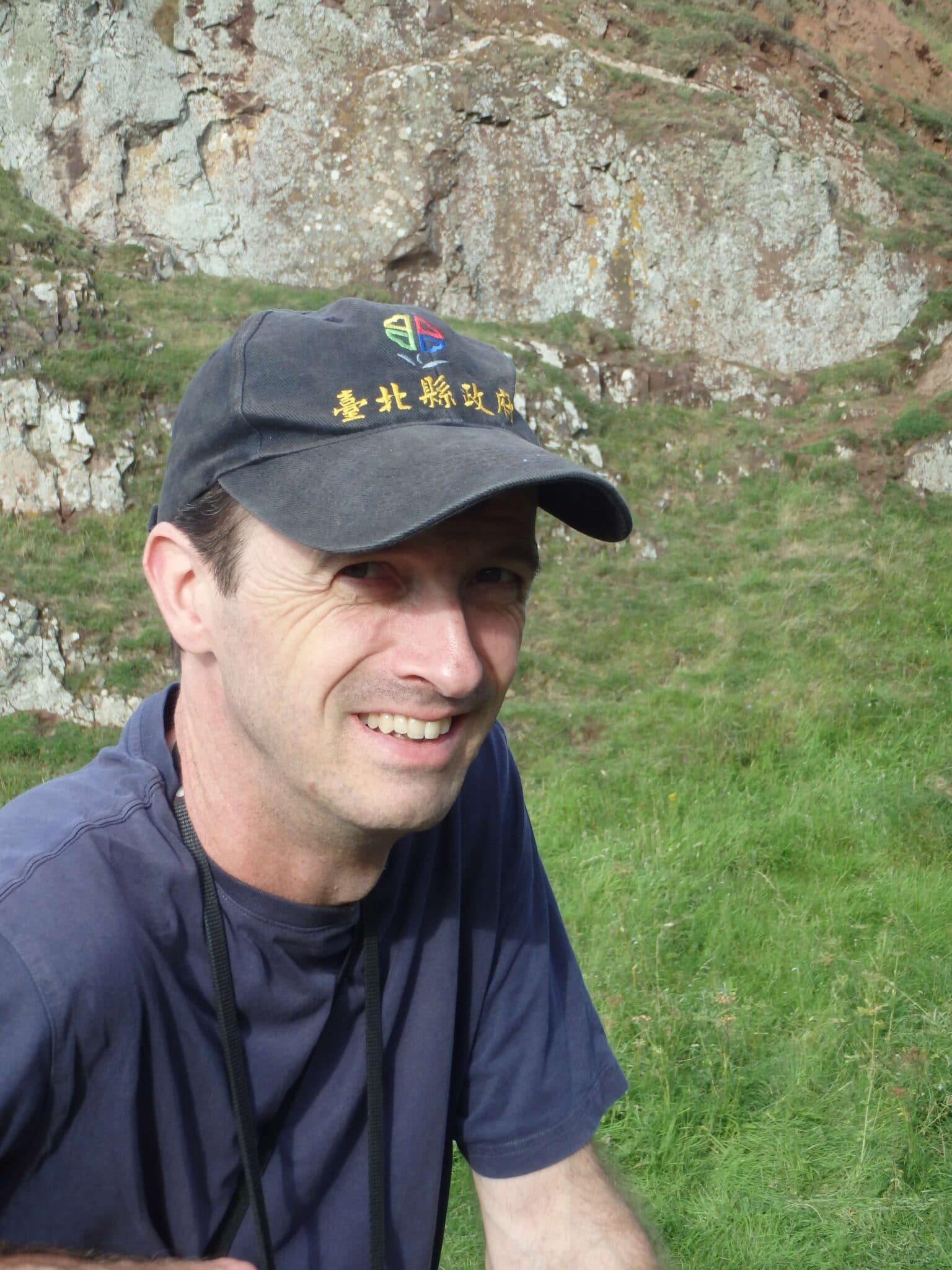State of Madagascar’s birds revealed in landmark publication

This October, ASITY Madagascar (BirdLife Partner) released the first ever summary report on the state of the country’s bird populations. The publication reveals that many of the island’s birds are in urgent decline – but also points the way towards solutions founded on past successes.
88 million years ago, Madagascar separated from other landmasses, and has been isolated ever since. This has led to the evolution of extraordinary wildlife found nowhere else on earth, including 115 completely unique bird species. A family of birds called the Vangas, descended from a single colonising species, has in Madagascar diversified into a staggering range of sizes, shapes and feeding styles, allowing them to spread into the island’s varied habitats. Here, there are Vangas that resemble shrikes, warblers, a nuthatch and even woodpeckers – a sight that can be seen nowhere else.
Also present on the island are the Asities – one of four surviving families of birds exclusive to Madagascar. Characterised by the brightly-coloured wattles around their eyes, they have become emblematic of the country’s wildlife. In fact, the Velvet Asity Philepitta castanea is the flagship species of ASITY Madagascar (BirdLife Partner), an organisation founded by Malagasy conservationists in 1996 to protect their unique treasure trove of nature.
In order to pinpoint where and how to take action, this year ASITY Madagascar released the first ever comprehensive report on the state of the country’s bird populations, published in English, French and Malagasy and launched at a ceremony hosted by the British Embassy in Antananarivo, Madagascar. Created with support from BirdLife and the Aage v. Jensen Charity Foundation, The State of Madagascar’s Birds summarises their current conservation status, the key threats they face, and the actions underway to help them. Birds react quickly to environmental change, and are one of the most popular, visible and well-researched groups of animals on earth. As such, they are excellent indicator species which can tell us a lot about the condition of nature as a whole.
The story that Madagascar’s birds tell is one worth paying attention to. “Ever since avian extinction risks began to be comprehensively assessed in the 1980s, the country’s bird populations have been moving closer and closer towards extinction,” says Roger Safford, Senior Programme Manager for Preventing Extinctions at BirdLife. 42 species are now classed as globally threatened on the IUCN Red List, including 29 found only in Madagascar. Even more worryingly, 40% of the threatened species rely on forests to survive – a habitat that is under significant threat.
In recent years, vast swathes of forest have been illegally cut down and burned to make way for cash crops and subsistence farming. Crops are grown until the soil runs out of nutrients, leaving behind land on which it is difficult for forests to regenerate. Valuable trees such as rosewood and ebony are also illegally harvested – between 2010 and 2015, more than 350,000 were felled inside protected areas.
This deforestation has a knock-on effect on other habitats. Lake Alaotra, Madagascar’s largest freshwater lake, used to be home to a thriving community of waterbirds. However, soil erosion from the bare, deforested hillsides has clogged the water with silt. This, together with overfishing, pollution and the introduction of non-native carnivorous fish, has driven the Alaotra Grebe Tachybaptus rufolavatus to extinction. A local duck, the Madagascar Pochard Aythya innotata, can no longer live there and is now Critically Endangered. Other areas of Madagascar’s wetlands are drained altogether to make way for agriculture – mainly rice paddies – or their waterfowl hunted.
“The country’s bird populations have been moving closer and closer towards extinction”Roger Safford, Senior Programme Manager for Preventing Extinctions, BirdLife

To make matters worse, Madagascar is one of the world’s most vulnerable countries to climate change. By 2065, scientists predict a temperature increase of 1.1–2.6 °C, along with greater extremes between the wet season and the dry season. For some bird species, the outcome is dire: the Helmet Vanga Euryceros prevostii (top image) is predicted to lose over 90% of its habitat by 2050 due to climate change.
Madagascar’s forests and wetlands could provide a vital lifeline in the fight against climate chaos, absorbing vast amounts of carbon and shielding local communities from flooding and drought. In order to get lasting protection for these habitats, we need to understand and address the root causes of their destruction.
One of the biggest drivers is environmental crime as a means of making money – for example, the financial crisis of 2009-2014 led to an explosion in illegal logging. Meanwhile, much hunting is driven by the simple need for food. Support frameworks that would encourage people to adopt more sustainable, settled farming practices, for example land tenure agreements, are often lacking. Therefore, to make lasting change, we need to make sure local people benefit from conservation – especially following the loss of tourism during the COVID-19 pandemic.
Fortunately, solutions are already there. An impressive 80% of Madagascar’s 84 Important Bird & Biodiversity Areas are already covered entirely or partially by protected areas. ASITY Madagascar is helping to manage these havens more effectively by working alongside local people. For example, since 2002, the organisation has been safeguarding the Mahavavy-Kinkony wetland complex through a co-management agreement with resident communities, which regulates the amount of natural resources that can be used at any one time. As well as monitoring and surveying the site, ASITY Madagascar helps local people to pursue more sustainable income sources, such as settled agriculture or improved fishing practices, and provides education and awareness-raising programmes.
To provide legal backing to initiatives such as these, the government of Madagascar has introduced two new laws (known as Contracted Forest Management and Secured Local Management) that allow responsibility for natural resources to be transferred from the state to local communities, giving them a sense of ownership and control. “If initiatives such as these are expanded and invested in, there will be hope for Madagascar’s wildlife despite the challenges,” says Vony Raminoarisoa, Director of ASITY Madagascar.
Together, we can make sure 88 million years of evolution doesn’t go to waste.
Through a co-management agreement, Asity Madagascar helps local communities to regulate resource use and pursue more sustainable livelihoods

Stay up to date
Sign up to receive the latest bird conservation news. You’ll also receive updates about our projects, science and other ways to get involved including fundraising.
Thank you for your support, we are committed to protecting your personal information and privacy. For more information on how we use your data, please see our Privacy Policy. You can unsubscribe from emails at any time by using the link in the footer of any email from us.


